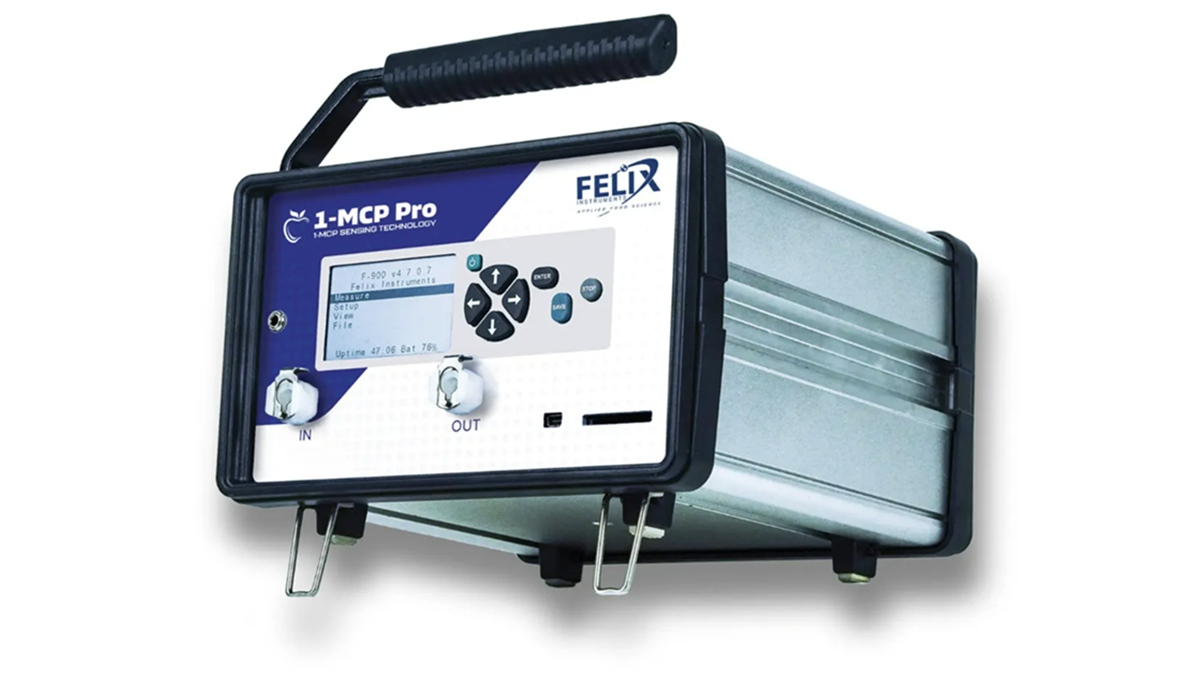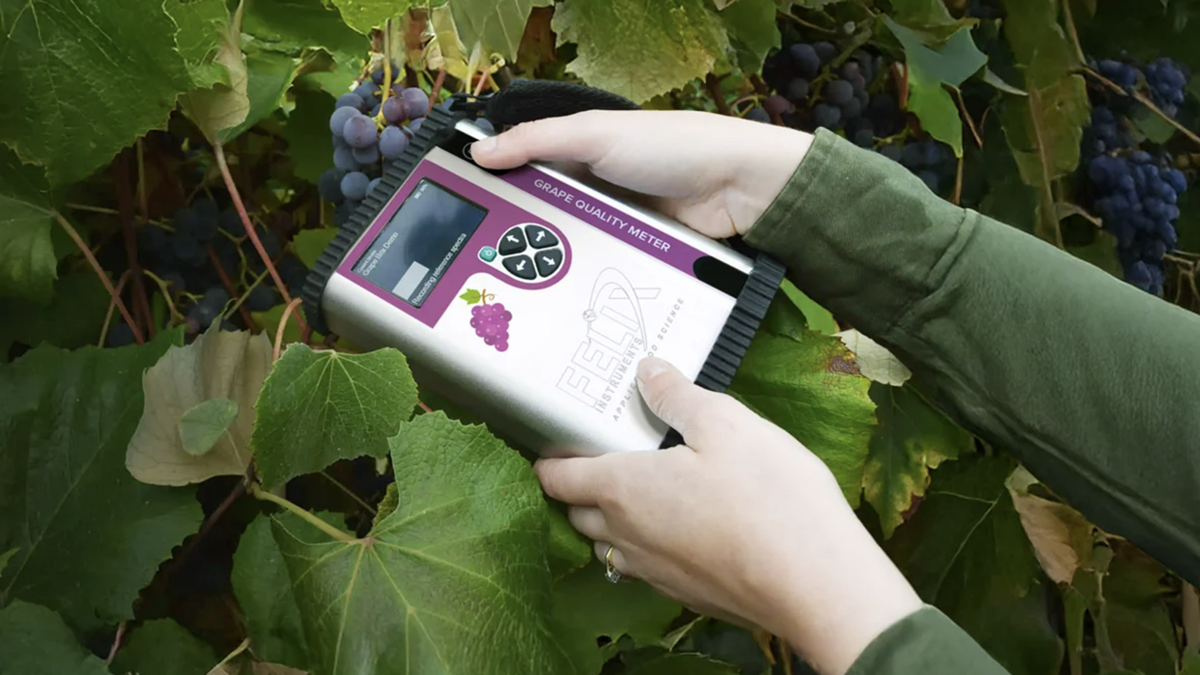Measurements
NIR spectroscopy to assess edible fruit coatings and maturity on kiwifruit
Growers and suppliers need a non-destructive method of measuring quality parameters, as these must be measured repeatedly, both before harvest and through storage. A recent set of experiments on kiwifruit tested the edible fruit coating Ca-chitosan, and whether near-infrared spectroscopy is a viable means of determining maturity, harvest time, ripening, and storability. Find out what the scientists recommend in this study of "baby kiwifruit"
07 March, 2022
Kiwifruit are popular for both their flavor profile and health benefits. Kiwifruit are climacteric, harvested when they are mature before ripening. They ripen post-harvest when starch is converted to sugars, measured as soluble solids content (SSC). As the ripening proceeds, there is an associated drop in firmness and acidity. Kiwifruit are perishable and have a shelf life of only 1-2 weeks, depending on the levels of SSC, respiration, and microbial spoilage. Ongoing respiration in climacteric fruits hastens ripening and leads to moisture loss, while microbial infection spoils fruits by causing decay, changing both appearance and taste. In an effort to decrease respiration, moisture loss, and microbial infection while slowing down physiological disorders, many stakeholders employ edible fruit coatings. Chitosan, a natural material derived from arthropod exoskeletons combined with calcium chloride (Ca-chitosan), has successfully extended the shelf lives of many fruits. Chitosan forms a thin antimicrobial, nontoxic, and edible film that protects fruits from fungal infection. Calcium preserves firmness by maintaining cell turgor, tissue firmness, and membrane integrity. It also increases resistance to diseases and lipid catabolism. Non-destructive measurement of fruit quality with NIRSThough Ca-chitosan coating had been used on other fruits, its effect on the postharvest quality of kiwifruit was, until this study, unknown. To understand the effect of the coating it is necessary to test fruit quality parameters like dry matter (DM), SSC, firmness, and acidity. In the supply chain, much of this testing is carried out using conventional destructive methods. However, near-infrared spectroscopy (NIRS) is emerging as a convenient, non-destructive way to estimate external and internal quality parameters. Portable NIRS devices are widely used to estimate fruit maturity and fix harvest time on farms. NIRS devices are also used for ripening and quality control in the postharvest stage. However, no recommendations exist for predicting harvesting maturity, ripening, and storage capacity for baby kiwifruit. Kim, Park, Shin, Muneer, Lerud, Michelson, Kang, Min, and Kumarihami, horticulturists from three Korean Universities in connection with a representative from FELIX INSTRUMENTS - Applied Food Science endeavored to test Ca-chitosan's efficiency as a coating using the F-750 Produce Quality Meter. The team also explored the device's predictive power in maturity, ripening, and shelf-life. Testing NIR spectroscopy for small kiwifruitBaby kiwifruit were harvested twice on September 24th (1st harvest) and October 8th (2nd harvest), 108 days after bloom. Harvest Maturity: To predict harvest maturity, scientists tested 100 evenly-sized kiwifruit in good condition from the 1st harvest. The fruit were stored at three temperatures, 1°C, 15°C, and 25°C, for an hour to stabilize spectral response. Then, the spectra were collected non-destructively by scanning the fruits with the F-750 Produce Quality Meter. Following this, 2cm cores from the scanned portion of the same fruits were oven-dried to estimate dry matter content. The researchers used these values as the reference DM values for calibration of the F-750. Another 100 kiwifruit, stabilized at the same three temperatures, were scanned for SSC calibration. These fruits were then treated with ethylene and allowed to ripen artificially. After 4-5 days, the researchers estimated the SSC of the fruits. They finally correlated these values with the associated spectra to evaluate the efficacy of preharvest scanning to predict sweetness due to ripening. Evaluating Ca-chitosan Treatment: Fruits from the second harvest were used to test pre-treatment with Ca-chitosan and examine postharvest quality parameters. The treatment was applied pre-harvest by dipping the fruits three times in the mixture. At harvest, the treated kiwifruit were stored in plastic packages for 7 and 14 days at 5ºC and 95% relative humidity (RH). At the end of the storage, the fruits were treated with ethylene. The fruits were then stored for a further 5 days before the SSC was measured. Kiwifruit Storage Changes: The scientists then evaluated SSC, titrable acidity, and firmness in nine replicates to see the change in quality due to storage, using destructive methods. The second derivative of the spectra was analyzed by Partial Least Square Regression Models and correlated with the reference value of the quality parameters in each experiment.



.jpg)







